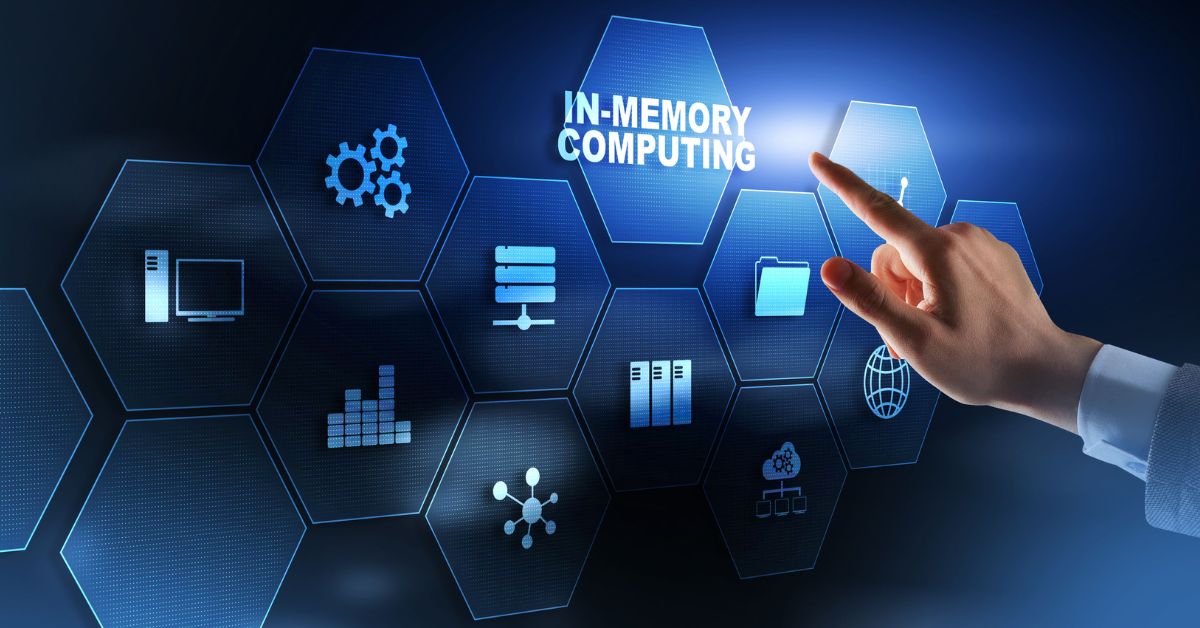
The Next Big Thing: Edge Computing’s Massive Influence on IoT and Real-Time Data Processing
We often witness evolutions in technological innovation that significantly alter the digital landscape. Consequently, my recent journey into edge computing presented a revelation, showcasing how this formidable technology stands poised to redefine the paradigms of IoT and real-time data processing.
Understanding Edge Computing: A Paradigm Shift
At its core, edge computing signifies a fundamental shift in data processing. Indeed, it advocates for processing data closer to its source rather than transmitting it across extensive networks to distant data centers or clouds. Thus, this shift is monumental for IoT devices that thrive on immediacy and real-time insights for optimal functionality.
The Symbiosis Between Edge Computing and IoT
The relationship between edge computing and IoT is symbiotic, marked by a mutualism that enhances the efficacy of both domains. Traditionally, IoT devices would relay their data to a central repository, introducing unacceptable delays and inefficient bandwidth use. However, perimeter computing elegantly circumvents these inefficiencies by initiating on-the-spot data processing, empowering industries to achieve more through real-time health diagnostics in healthcare or instant data analysis in retail marketing strategies.
The Multifaceted Benefits of Edge Computing
Throughout my exploration, I identified several compelling advantages that edge computing brings to the table:
- Unparalleled Speed: The ability to process data locally is transformative, slashing response times and harnessing opportunities at the precise moment they arise. Hence, this immediacy is vital for applications where split-second decision-making can mean the difference between mundane and groundbreaking outcomes.
- Optimized Bandwidth Use: The current digital age has seen an explosion of IoT devices, each demanding a slice of the network bandwidth. Consequently, perimeter computing alleviates this demand by minimizing the need for data to travel, ensuring network resources are reserved for critical transmissions, and reducing overall traffic, leading to smoother, more efficient operations.
- Fortified Security Protocols: Every stage of data transmission introduces potential vulnerabilities. By enabling local data processing, edge computing significantly reduces these exposure points, providing a robust security framework crucial in an increasingly sophisticated era of cyber threats.
- Consistent, Reliable Performance: One of the most underrated advantages of edge computing is its ability to maintain operations regardless of network stability; in scenarios where constant internet connectivity is a challenge or during unexpected outages, perimeter computing ensures that local analysis and actions continue unabated, a critical factor for mission-centric applications.
Confronting the Inevitable Challenges
However, embracing edge computing has its share of obstacles. The initial phase requires investment in state-of-the-art hardware and the cultivation of specialized skills to manage this new frontier’s nuanced demands. Furthermore, decentralizing data processing introduces complexities in data governance, necessitating a strategic approach to compliance, especially in sectors where regulatory adherence is non-negotiable.
The Road Ahead: Envisioning the Future with Edge Computing
As I ponder the trajectory of IoT, it becomes increasingly evident that perimeter computing will play an instrumental role in sculpting its future. The fusion of instantaneous analysis and action right at the data source opens the floodgates for innovation and the establishment of new benchmarks in performance and efficiency.
Conclusion: Stepping Into a New Era
Navigating the currents of this technological evolution, we find ourselves at the cusp of a transformative era. Though not insignificant, the challenges pale compared to the prospects on the horizon. With perimeter computing, we are not just observing an incremental change but stepping into a realm where real-time processing is the norm, crafting a world where efficiency, security, and innovation converge to create an environment ripe for advancements we have yet to conceive.
Intrigued by the potential of edge computing in your operational ecosystem? Let’s discuss how this revolutionary technology can catapult your business into a new dimension of innovation and success!





